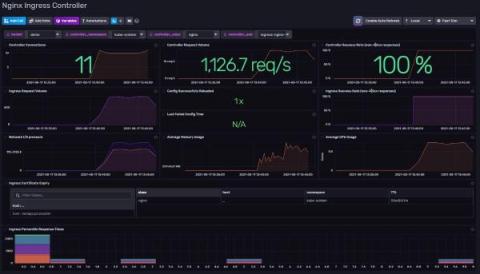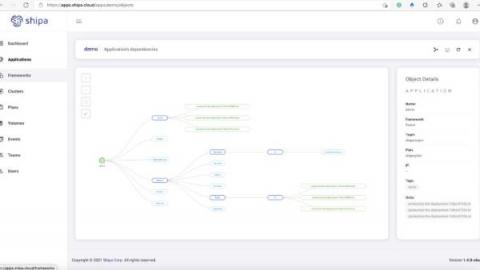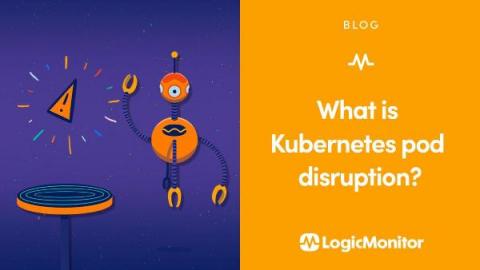General availability announcement
After nearly 2 years of perfecting our product during our beta phase and just over 5 months since we opened for early access, I have great pleasure in announcing that Civo is now 'General Availability'. It's taken us over 4 years to get to where we are today, with a colossal amount of work being contributed by our team to build the Civo platform and developer eco-system. I can honestly say that we're lucky to have so many amazing people at Civo.











